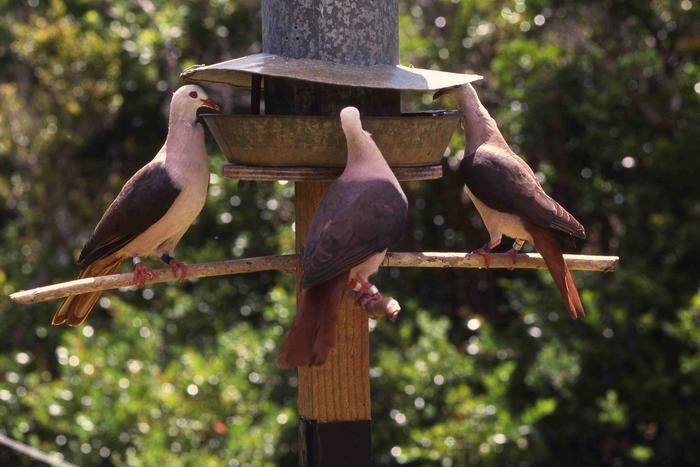
Gene editing technologies, widely used in agriculture and de-extinction research, are being proposed as a transformative tool to help save endangered species by restoring lost genetic diversity.
In a new Perspective article published in Nature Reviews Biodiversity, an international team of scientists outlines the promises, challenges, and ethical considerations of genome engineering. They propose a practical framework for integrating gene editing into biodiversity conservation efforts.
What Is Gene Editing and How Does It Help?
According to the authors, gene editing can recover lost genetic diversity in species at risk of extinction by using historical DNA samples—such as those from museum specimens, biobanks, or closely related species. This restored diversity could improve a species' ability to adapt to threats like disease or climate change.
"We're facing the fastest environmental change in Earth's history, and many species have lost the genetic variation needed to adapt and survive," said Professor Cock van Oosterhout from the University of East Anglia, one of the study's co-leads. "Gene engineering provides a way to restore that variation, whether it's reintroducing DNA from immune-system genes or borrowing climate-tolerance genes from related species."
Case Study: The Pink Pigeon
A striking example is the pink pigeon, native to Mauritius. Once reduced to just 10 individuals, conservation efforts have boosted the population to over 600. However, genetic studies show the species still suffers from "genomic erosion" — reduced genetic diversity and harmful mutations. Scientists warn that without intervention, the pigeon could go extinct within 50 to 100 years despite its numbers.
Gene editing could restore the genetic traits the species has lost, enabling it to better survive environmental changes.
Three Key Applications of Gene Editing in Conservation
- Restoring Lost Genetic Variation
Using DNA from historic specimens to bring back gene variants missing in current populations. - Facilitated Adaptation
Introducing beneficial genes from related species to help endangered species adapt to changing climates or resist disease. - Reducing Harmful Mutations
Editing out harmful mutations fixed during population crashes and replacing them with healthy genetic variants.
Risks and Ethical Considerations
The authors caution that gene editing remains experimental. Risks include off-target mutations and unintended consequences for genetic diversity. They call for small-scale, phased trials and long-term ecological monitoring.
Community engagement is essential. Local communities, Indigenous groups, and the public must be consulted before moving forward with any gene-editing initiatives.
The Future of Conservation with Gene Editing
"Genome editing is not a replacement for species protection and will never be a magical fix," said Associate Professor Hernán Morales of the Globe Institute. "Its role must be carefully evaluated alongside established conservation strategies."
The technology's potential has already been seen in agriculture, where gene-edited crops resistant to pests and drought are widely cultivated. The same innovations that aim to revive extinct species like mammoths could now be used to rescue species on the brink of extinction.
As conservationists search for bold solutions, gene editing may become an essential tool in a broader, integrated effort to preserve Earth's biodiversity.
Originally published on natureworldnews.com







